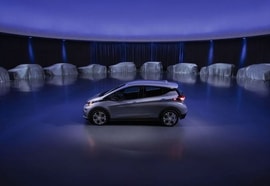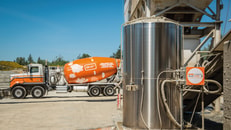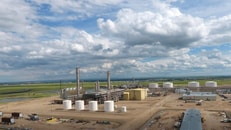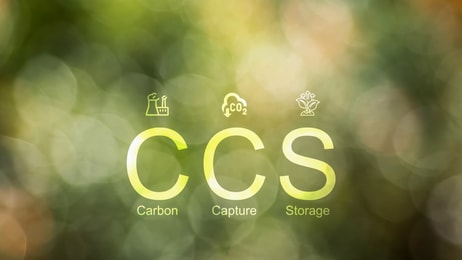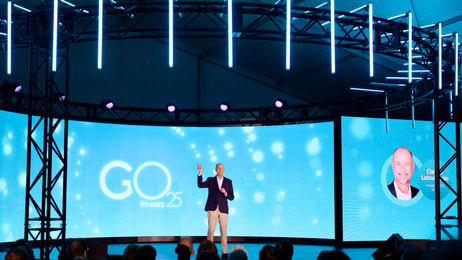Mission Zero launches DAC system for Canada’s Deep Sky
UK-based Mission Zero Technologies has switched on its third direct air capture (DAC) system at a carbon removal project in Alberta, Canada operated by the Canadian cleantech firm Deep Sky.
The system, which took 10 months to install, is slated to recover up to 250 tonnes of carbon dioxide per year directly from the atmosphere. The captured CO2 will then be stored underground.
The technology uses electrochemical processes powered fully by solar energy, making it more appealing to companies like Deep Sky which are actively looking for energy efficient carbon removal.
By making the process more energy efficient, Mission Zero is looking to overcome some of the major challenges associated with DAC. Capturing CO2 from the air is currently the most expensive application of carbon capture, and the energy needs are much higher per kilo of CO2 collected.
“This [is a big] step for the wider DAC industry, as Deep Sky is beginning to operate multiple technologies at its DAC hub in Canada,” said Alex Petre, CEO of Deep Sky.
Mission Zero’s second plant, launched in May in partnership with OCO Technology and the UK Department of Energy Security and Net Zero, utilises the captured CO2. It is supplied to OCO to create carbon-negative limestone which can be used to decarbonise building products.
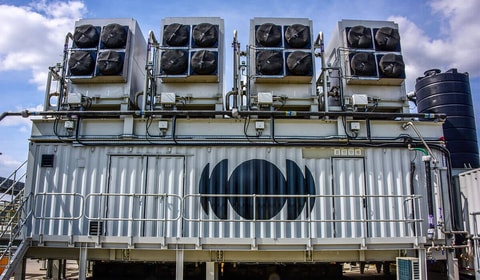
Mission Zero Technologies’ second DAC plant, which launched in May 2025. ©Mission Zero Technologies
Its latest project aims to prove the commercial potential of the technology, in particular the way it could scale up globally.
“This third deployment demonstrates that we’ve established an exportable model for scaling internationally and is a testament to our combined teams’ ability to deliver critical climate solutions at pace,” said Dr Nicholas Chadwick, co-founder and CEO of Mission Zero Technologies.
As of mid-2024, there were at least 27 DAC plants operating worldwide, collectively capturing 10,000 tonnes of CO2 per year. Plans for another 130 large-scale facilities are now at various stages of development.
DAC deployment would nearly hit its 2030 target under the Net Zero Emissions by 2050 Scenario if all were to advance. However, most facilities are at very early stages of development and only a proportion can be expected to reach a final investment decision and then be built.




